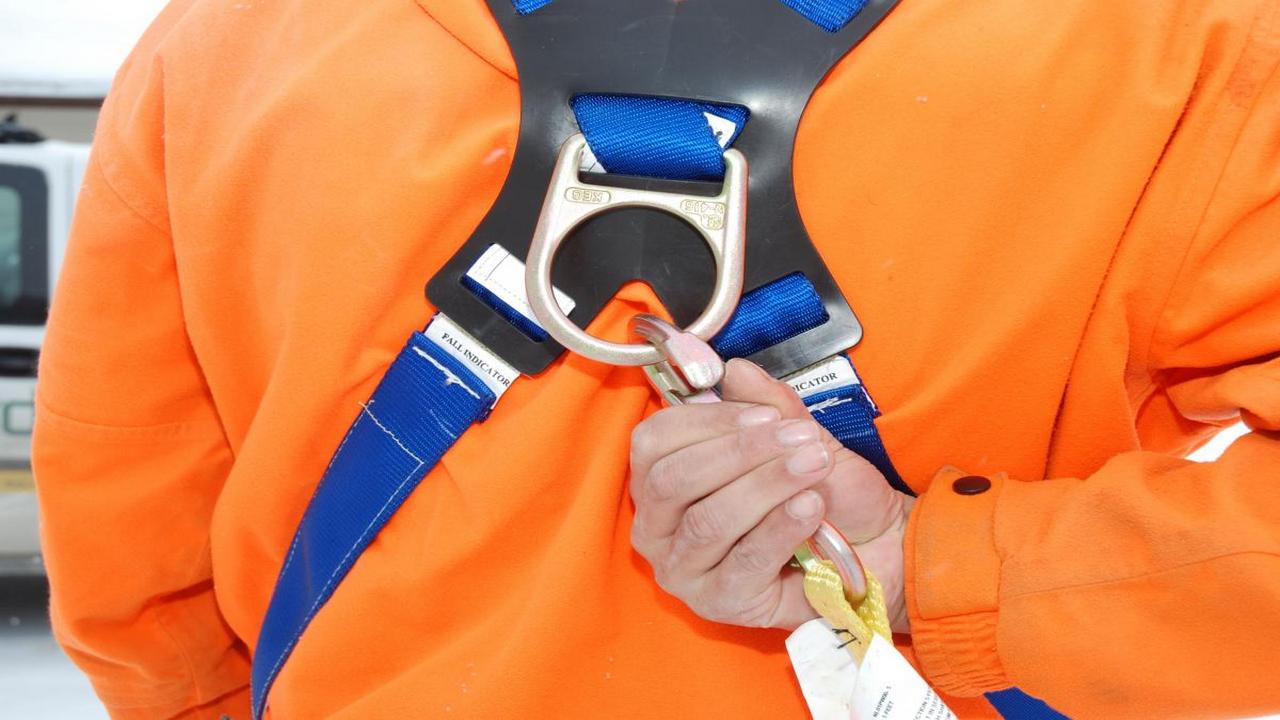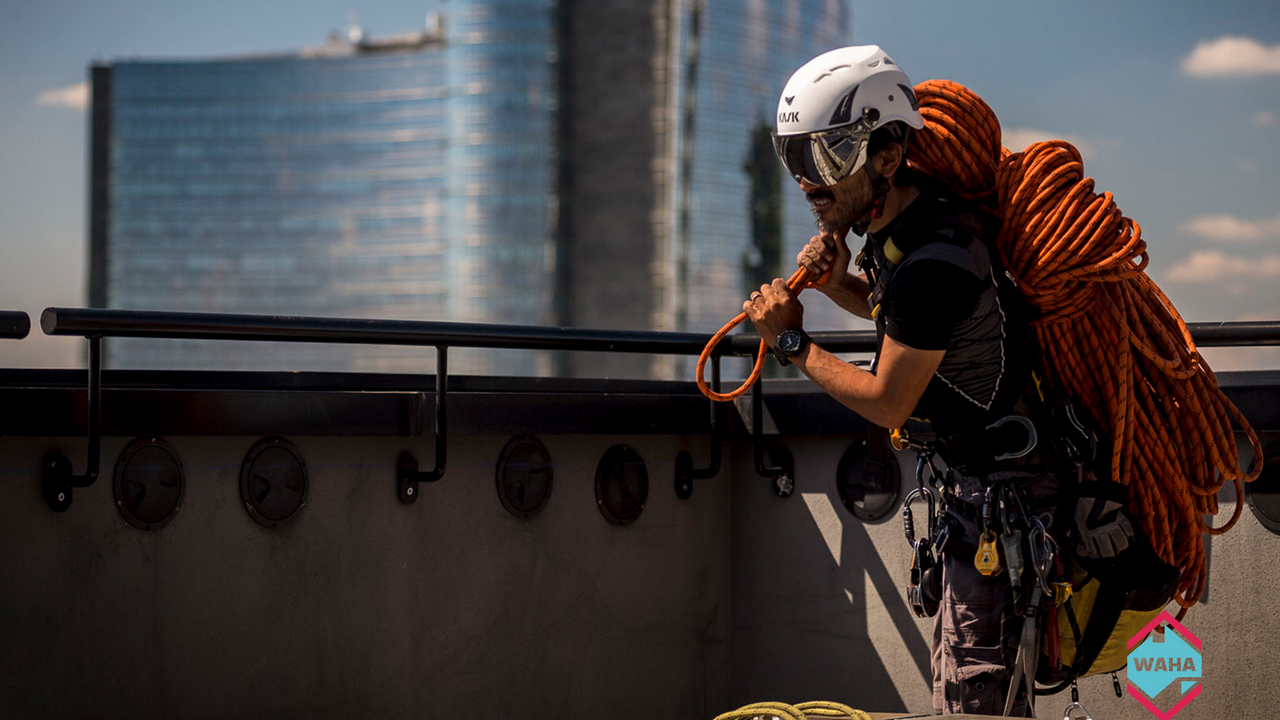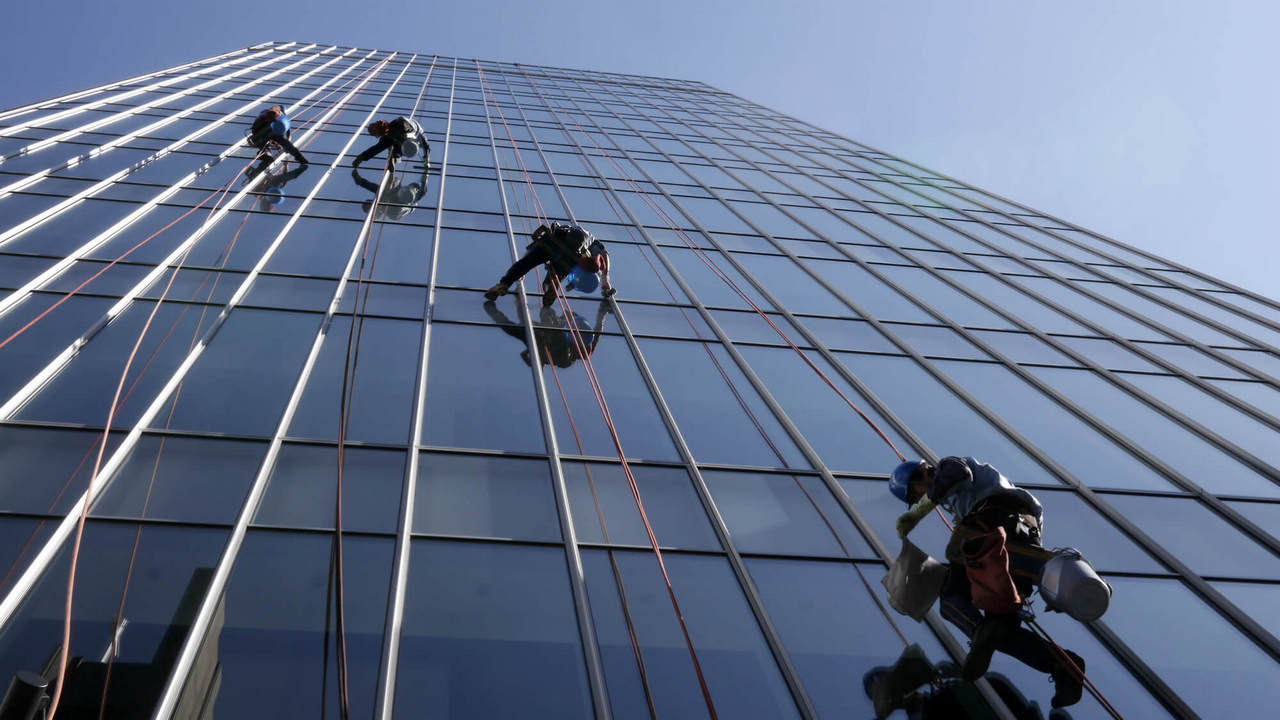Working with safety should always be your top priority, whether you are working at a height or doing normal day-to-day chores. The fact is that it only takes minutes to get seriously injured, and this is because of ignoring safety tips. Moreover, if you’re the boss, it’s your responsibility to ensure your employees are protected from the dangers you expose them to in the hazardous world.
What is working at height?

When a person works at a height, he or she faces all the possibilities that can cause an injury. Working at a height includes standing on a ladder, on the edge of a roof, on an opening on the floor, and on a dock while loading on it. All these require protection against falling down. So, let’s look through some safety tips to prevent the risks.
Use of railing

The railing is a form of protection that is the easiest and the most recommended option, as there is no training required on how to use a railing. A person just needs to stay in the railing to be safe from falling.
Selection of an appropriate PPE
You must ensure that your PFAS items are perfectly working when you plan to use your Personal Fall Arrest Systems (PFAS). The price of it will vary depending on the extra safety. The more the price, the more the extras in terms of functionality that include safe design, and material that is fireproof, and more.
Welding at heights
A nylon harness won’t give you heat protection when you are a welding worker at heights. For this purpose, Kevlar fabric is a great option. The major concern is the ability of it to fit the item by adjusting the harness.
Lanyards
These also undergo a thorough selection process. It depends on the altitude the worker is working on. For this, a lanyard that can be retracted will fulfill the purpose. You will have to adjust your lanyard by seeing the situation you’re in.
Developing an understanding of fall distance

Even if you wear the best fall protection equipment available, they will fail if you don’t know about your fall distance. If a worker working 10-12” above the ground wears a 6” lanyard that has a device for deceleration, it will not ensure his protection. You might reckon it will work, but it won’t because in order to account for deployment, a distance of 3.5” has to be added to your deceleration device. Prior to using a 6” lanyard with a deceleration device, count on a minimum of 18.5”. Hence, before you use the system, calculate the minimum distance of fall. To be able to do it properly, try to go through some training in the protection field and get a working at heights certificate.
Use of proper ladders
When using a ladder, make sure you check whether you need it for the work or not. Second, ensure that you or your employee is trained.
Your ladder should be:
- a) With a 3ft extension above the climbing level;
- b) On a ratio of 4:1 of run and rise;
- c) In contact with two legs, one hand or two hands, and one leg.
If you follow all these steps, you will have an excellent beginning to your working at height safety. Moreover, your company’s name will be well known as your employee’s safety will be your number one priority. So, follow these guidelines and tips and make sure your workers use these in the best way possible.